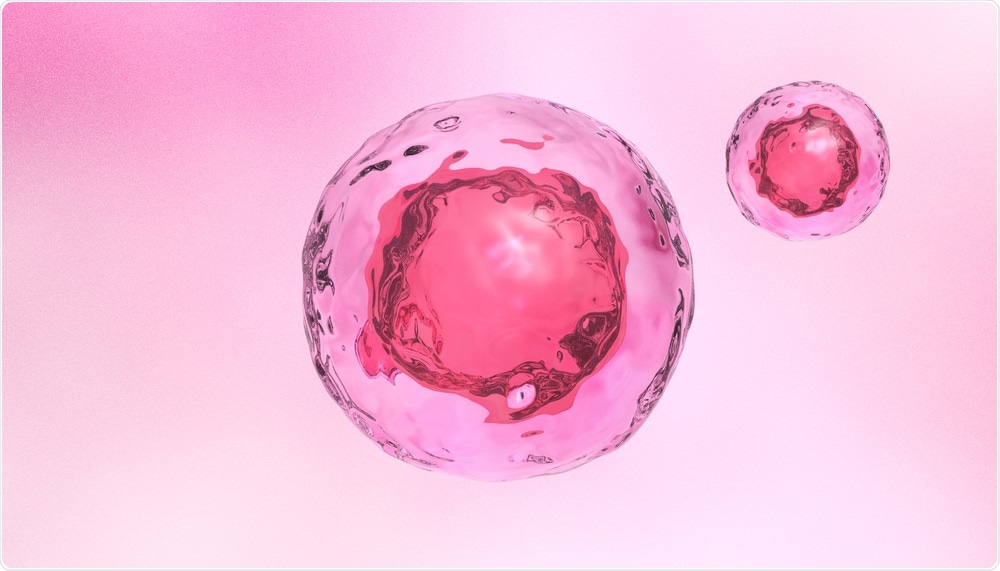Researchers at the University of Michigan have made an important discovery about skeletal stem cells that could help scientists understand bone abnormalities and diseases that arise in some people.
 Image Credit: lmstockwork / Shutterstock
Image Credit: lmstockwork / Shutterstock
Skeletal stem cells are of interest to researchers because they are thought to be able to heal bone injuries.
However, they are difficult to locate because scientists are unsure what they look like or where they reside.
As reported in the journal Nature, Noriaki Ono and colleagues have found skeletal cells that meet the criteria for stem cells in the “resting zone” of a cartilaginous tissue called the epiphyseal growth plate.
Ono says that finding these cells in the resting zone supports the widely shared belief that stem cells remain inactive until they are needed.
To locate the cells, the researchers fluorescently tagged specific groups of cells in mice and monitored their fate over time.
By studying an animal model, the team were able to see how the cells behaved in native conditions rather than in a petri dish.
The cells they identified met the criteria for stem cells because they were able to become cells that produced bone and cartilage and supported the production of blood cells.
Understanding these special stem cells in the growth plate will help understand why some types of bone deformities and fragile bone diseases can happen in some patients."
Dr. Noriaki Ono, Lead Author
The epiphyseal growth plate is made up of different layers and the resting zone is found in the top layer.
Scientists have thought for a long time that cells in this zone do not undergo cell division, but the current study found that some cells in the resting zone become active and start to produce rapidly dividing cells called chondrocytes, which are important for bone growth.
Some cells in the resting zone span the top to bottom layer of the epiphyseal growth plate, while others protrude through the plate and into the bone marrow cavity where they produce bone-generating osteoblasts and stromal cells that support blood cells.
Researchers have long thought that chondrocytes located at the bottom of the growth plate die, but Ono says the findings from this study show that they stay alive and continue producing bone: “They're very hardworking cells, they can occasionally wake up and keep making chondrocytes."